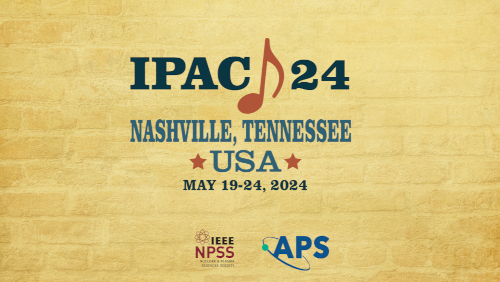Speaker
Description
During the LHC Intensity Upgrade (LIU) implementation, it became evident that an injector de-cabling project was needed to increase infrastructure resilience. Several difficulties in the setup of the project, originating from the 50 years history of some of the machines concerned, enforced the need of a meticulous and careful step-by-step approach to structure the project and defined its roadmap, before the start of the work in the field. Despite the limited intervention windows constrained by the CERN accelerator complex operation, 1300 km of obsolete cables were removed from the injectors within six years, effectively meeting the LIU requirements. The increased infrastructure resilience observed, prompted CERN management to support a project phase 2 to globally increase resilience in the injectors and improve safety. The phase 2 benefited from some phase 1 processes but faced other challenges. 400 km of cables were removed during 2 programmed stops and thanks to a structured approach, the project reached a continuous operation mode, being not limited to the programmed stops, hence allowing to target new areas. Phase 3 is now starting with a new roadmap covering the next 6 years.
| Region represented | Europe |
|---|---|
| Paper preparation format | LaTeX |

